|
BART was designed to compete with the automobile commute in both speed and comfort. Paramount to the success of the system, its designers thought, were considerations for plenty of comfortable seats – allowing for virtually every passenger to sit during their commute. Seventy two wide, upholstered cantilevered seats (22 inch width, 34 inch pitch) would equal the comfort of automobile, allowing passengers to read, write, sleep, or simply enjoy the view at 80 miles per hour. This is a brief article on the different types of seats on the BART legacy cars throughout the past 50 years. (To note, this article does not discuss the changing seat layouts, which will appear in a separate article) The original seats from BART’s opening day (September 11, 1972) were black and copper colored vinyl and plastic-coated fabric seats, with polyurethane cushions, made by American Seating Company. The 1979 fire in the Transbay Tube resulted in a fire hardening program to prevent and mitigate the effects of any future occurrence. During this incident, a line switch box cover off of car 537 fell onto the trackway. Several trains later, incident train 117 hit the line switch box cover and/or the damaged third rail, resulting in short circuits and a fire. The fire, including burning polyurethane seats, immediately led to heavy smoke containing hydrocyanide - of which later killed a firefighter. The replacement seats under the fire hardening program were made with a 90% wool, 10% nylon material with neoprene cushions. The brown wool seats were replaced in the 1990s and 2000s with blue wool seats. In 2011, the Bay Citizen commissioned a supervisor at the biology lab at San Francisco State University to analyze the bacterial content of a BART seat in a revenue train. They found high concentrations of nine bacteria strains and several types of mold on the seat. The tests produced mixed results for Methicillin-resistant Staphylococcus aureus (MRSA), sometimes known as a “superbug” bacteria due to its resistance to common antibiotics. Additionally, the test found two other bacteria strains traced back to fecal contamination of the seats. One of the strains was noted as resistant to antibiotics while the other was noted as non-harmful and commonly found in the environment. Following this news, there was increased pressure for BART to replace these wool seats with a safer alternative. BART launched a series of seat laboratories to solicit rider opinions on alternative seating materials. The alternatives included synthetic fabric, wool-based fabric, hard plastic, and vinyl upholstery. Sixty two percent of riders selected vinyl above the other materials, and vinyl also carried significant cost savings. New wool seats costed $15,000 per car, had a lifespan of 3 years and $600,000 annual fleetwide cleaning costs. Vinyl seats costed $10,000 per car, had a lifespan of 10 years, and $100,000 annual fleetwide cleaning costs. BART selected the OMNOVA Solutions PreVail Transit upholstery with PreFixx Extreme top coating as the replacement for the old wool seats. OMNOVA collaborated with a BART-hired independent colorist to produce the seat pattern, titled “Water, Wine, and Waves,” a design reflecting the San Francisco Bay, Pinot Noire wine, and lines of activity. The installation of the seats started in April 2012 on a trial basis of 100 cars, including 20 with new flooring, 20 with new carpets, and 60 with old carpets. Cars with the new seats received a special decal. By September 2014, 439 of the 669 cars had the new seats, and the final car with wool seats, C1 car 335, received new vinyl seats on December 30, 2014. To note, many cars retained wool operator seats through their final years. In 2018, BART [re]introduced a mustard-yellow fabric for priority seats, designated for priority use by seniors, persons with disabilities, and pregnant women. To note, there were mustard-yellow seats back in the early days. OMNOVA also provided a “Take Back Vinyl Reclamation Program” for the seats, but it appears this benefit was not fully taken up. By 2023, dozens are cars were scrapped with most to all seat cushions still in place. Sources:
"BART Railcar Fleet: Cushion and Cover Assemblies. Board Briefing November 17, 2011. "BART Seats: Where Bacteria Blossom" https://web.archive.org/web/20110308013857/http://www.baycitizen.org/transportation/story/bart-seats-bacteria-blossom/ "Final Report on 1/17/1979 Transbay Tube Fire", Board of Inquiry, March 5, 1979 "New seats now in all trains" https://www.bart.gov/news/articles/2015/news20150102 "PreVail Transit™ Vinyl Upholstery Leaves Lasting Impression with BART." OMNOVA Solutions, June 2012 "Two Years Into BART Vinyl Seating Retrofit: Costs Down, Satisfaction Up." Omnova Solutions, September 2014
0 Comments
Leave a Reply. |
About
"The Two Bagger" is meant to be a place to store more "blog" style posts on various cars, pictures, and random tidbits/trivia. At BART, a "two bagger" is a rather informal name for a two car train. Two car trains rolled in revenue service back in 1972. Archives
July 2024
Categories
All
|

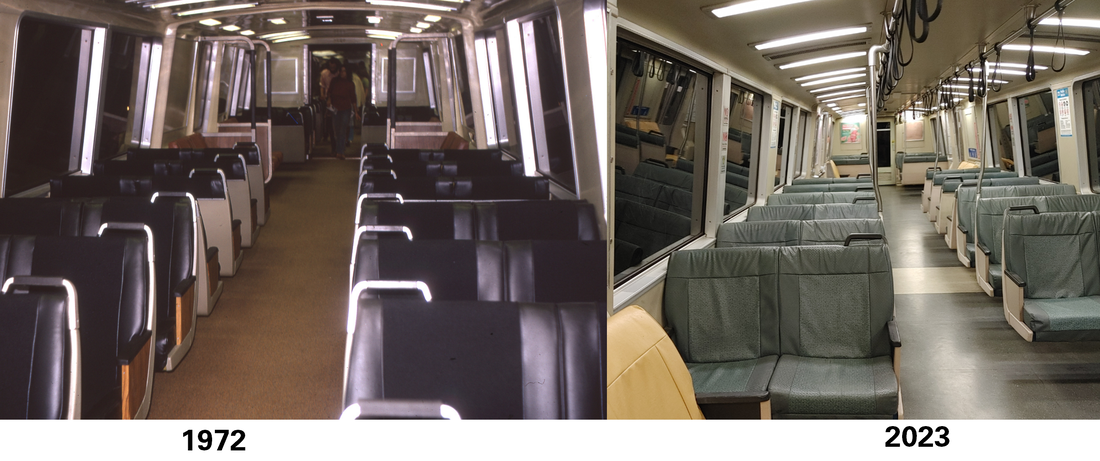
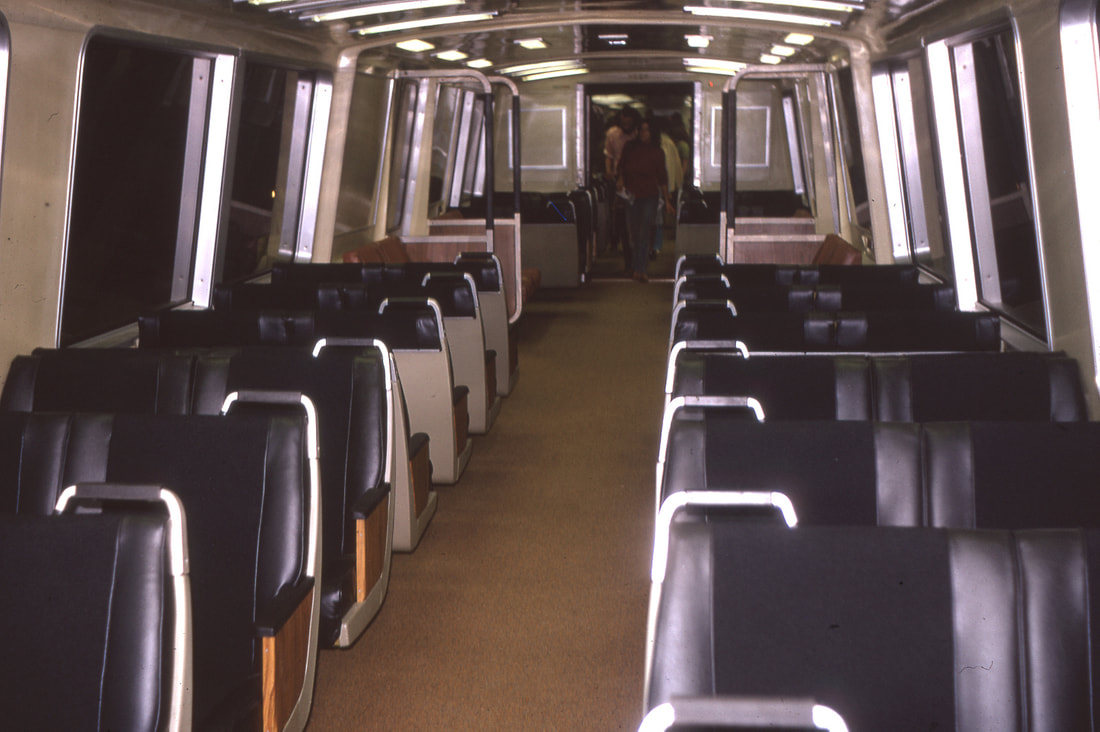
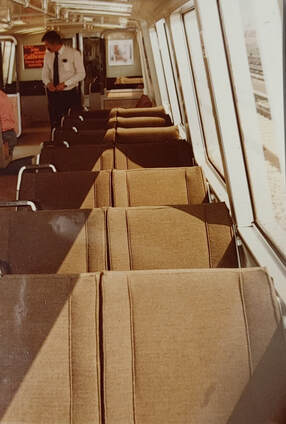
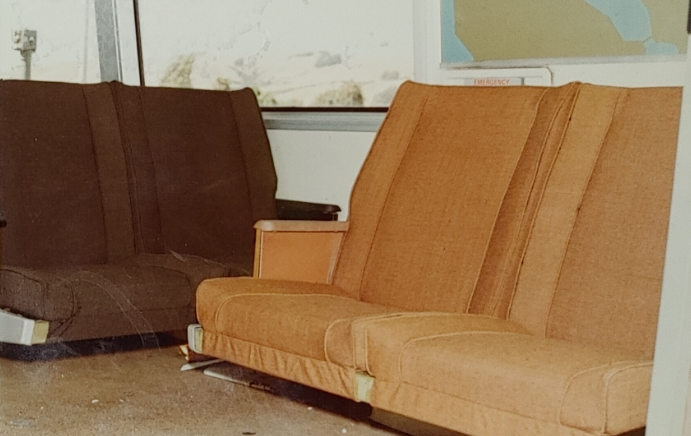
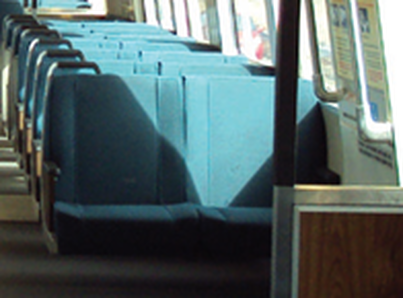
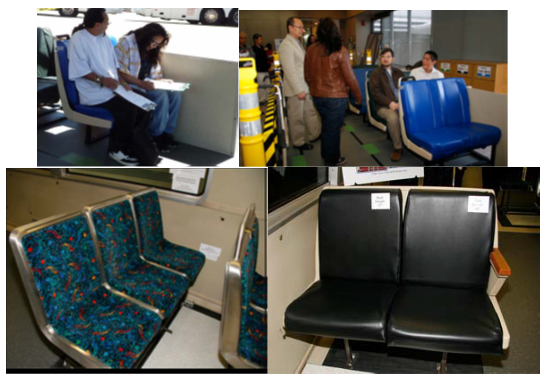
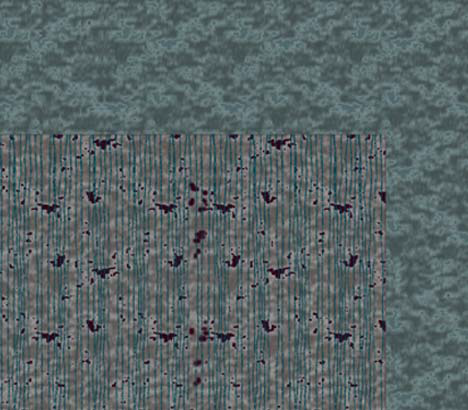

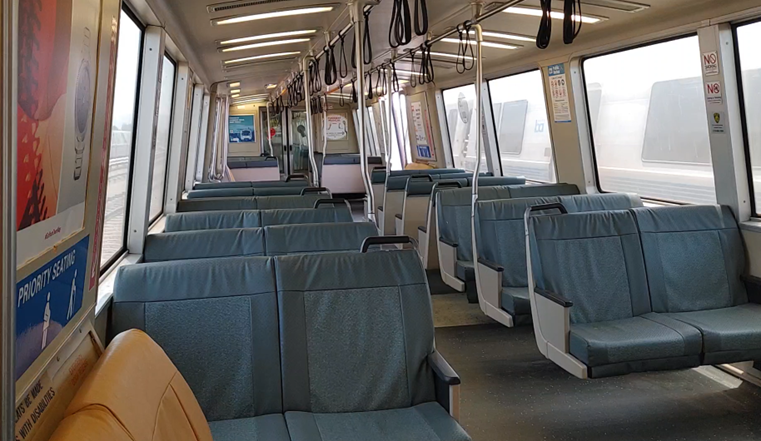
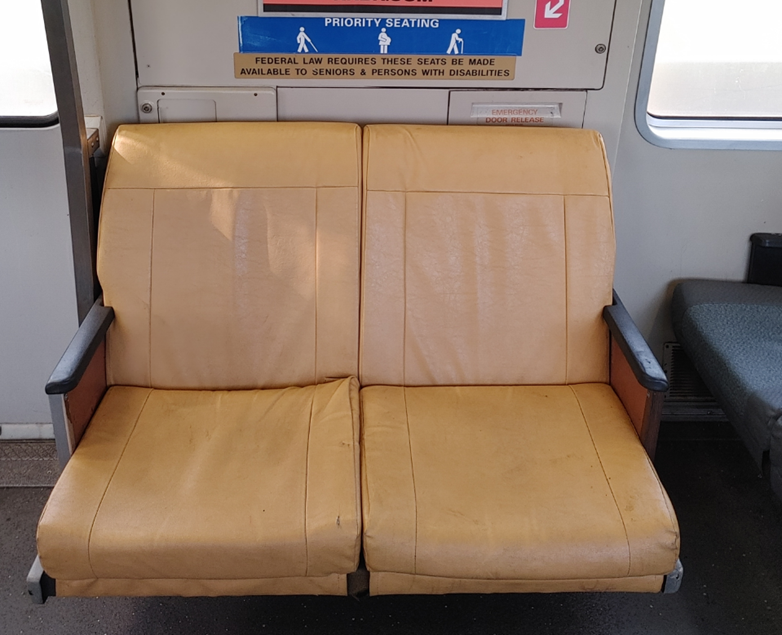
 RSS Feed
RSS Feed
